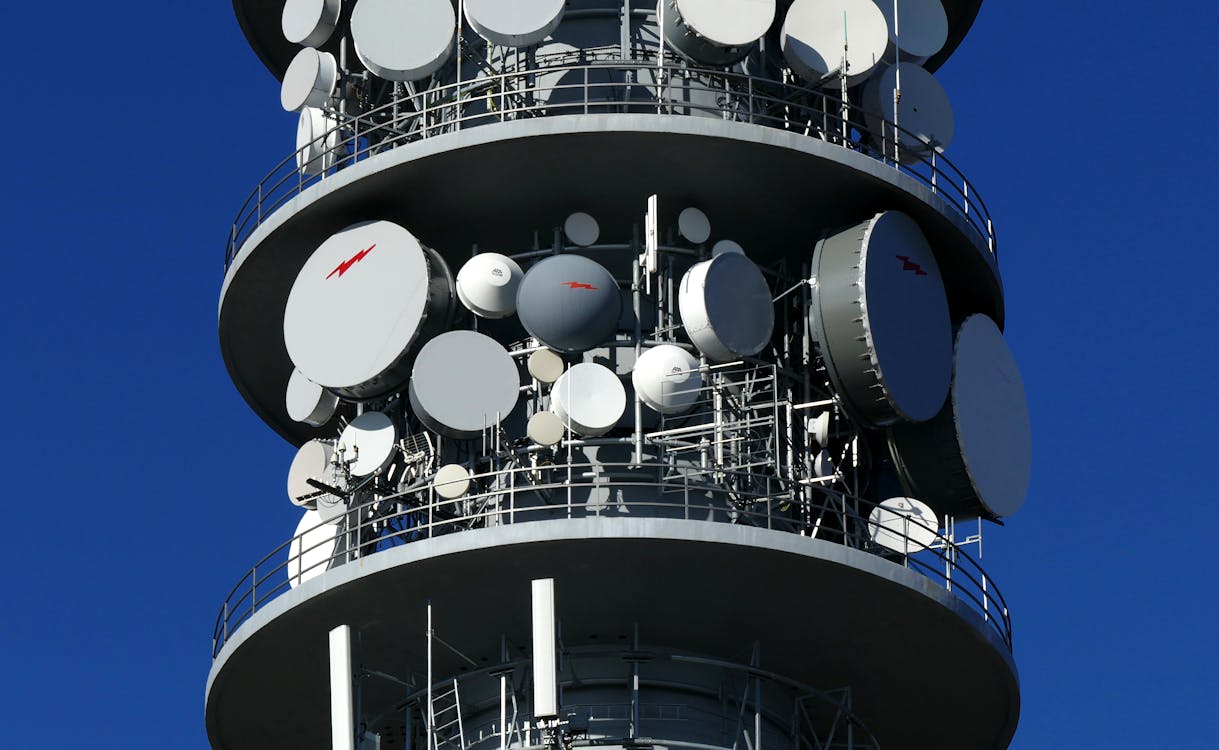Advanced Weather Radar Systems: Seeing the Unseen
Weather radar has been revolutionized by technological advancements, providing meteorologists and the public with a clearer picture of weather conditions. These sophisticated systems, known as Advanced Weather Radar Systems (AWRS), are critical tools for forecasting severe weather events, monitoring precipitation, and ensuring the safety of people and property.
 |
| Advanced Weather Radar Systems: Seeing the Unseen |
What is an Advanced Weather Radar System?
An AWRS is a complex system that uses pulsed electromagnetic waves to detect and measure precipitation, wind speed and direction, and other atmospheric conditions within a specific range. The system consists of:
- Radar transmitter: Emits pulses of radio waves.
- Antenna: Rotates to scan the surrounding area and directs the transmitted waves.
- Receiver: Detects the echoes of the radio waves that are reflected by precipitation and other targets.
- Signal processor: Converts the received echoes into digital data that can be interpreted and displayed.
- Display unit: Provides visual representations of the radar data, such as precipitation maps and wind profiles.
Advanced Features of AWRS:
Modern AWRS offer several advanced features that provide more detailed and accurate information compared to traditional radar systems:
- Dual-polarization: This technology allows the radar to distinguish between different types of hydrometeors (e.g., rain, snow, hail), improving the accuracy of precipitation measurements and helping forecasters better understand the structure of storms.
- Doppler radar: This type of radar measures the motion of precipitation particles, providing information about wind speed and direction within the radar beam.
- Phased-array antennas: These antennas electronically steer the radar beam, allowing for faster scanning and more detailed coverage of the surrounding area.
- Advanced signal processing: Sophisticated algorithms analyze the radar data to remove clutter and noise, producing clearer and more accurate images.
- Data integration: AWRS can integrate data from other sources, such as satellite observations and ground-based weather stations, to create a comprehensive picture of the weather conditions.
Benefits of Advanced Weather Radar Systems:
AWRS offer numerous benefits for weather forecasting, public safety, and various other sectors:
- Improved weather forecasting: AWRS provide more accurate and timely forecasts of severe weather events, such as tornadoes, thunderstorms, and flash floods.
- Enhanced public safety: Early warnings of severe weather events allow authorities to issue timely warnings and take necessary precautions, saving lives and property.
- Improved air traffic management: AWRS provide pilots with vital information about wind shear, turbulence, and other hazardous weather conditions, ensuring safer air travel.
- Efficient water management: Accurate precipitation measurements help water resource managers optimize water usage and prevent floods and droughts.
- Enhanced research: AWRS provide valuable data for researchers studying weather patterns and climate change.
Examples of Advanced Weather Radar Systems:
Several advanced weather radar systems are currently deployed worldwide, including:
- NEXRAD (Next Generation Radar): The US National Weather Service's network of advanced weather radar systems.
- EURAD (European Weather Radar Network): A network of weather radars across Europe.
- ARPA (Advanced Radar for Precipitation and Atmospherics): A Japanese weather radar system capable of measuring precipitation and wind profiles.
- DWSR (Dual-polarization Weather Surveillance Radar): An Indian weather radar system designed to provide detailed information about precipitation and wind.
Future of Advanced Weather Radar Systems:
The future of AWRS is bright, with continuous advancements in technology expected to further enhance their capabilities:
- AI-powered weather forecasting: Artificial intelligence is being used to analyze radar data and other weather information, leading to more accurate and precise forecasts.
- High-resolution radar: Future AWRS will offer even higher resolution, enabling them to detect smaller and more localized weather features.
- Networked radar systems: AWRS will be increasingly interconnected, allowing for real-time data sharing and improved situational awareness.
Conclusion:
Advanced Weather Radar Systems are revolutionizing weather monitoring and forecasting, providing invaluable information for public safety, air traffic management, water management, and various other sectors. As technology continues to evolve, AWRS will continue to become more sophisticated and powerful, leading to a safer and more informed future for all.

